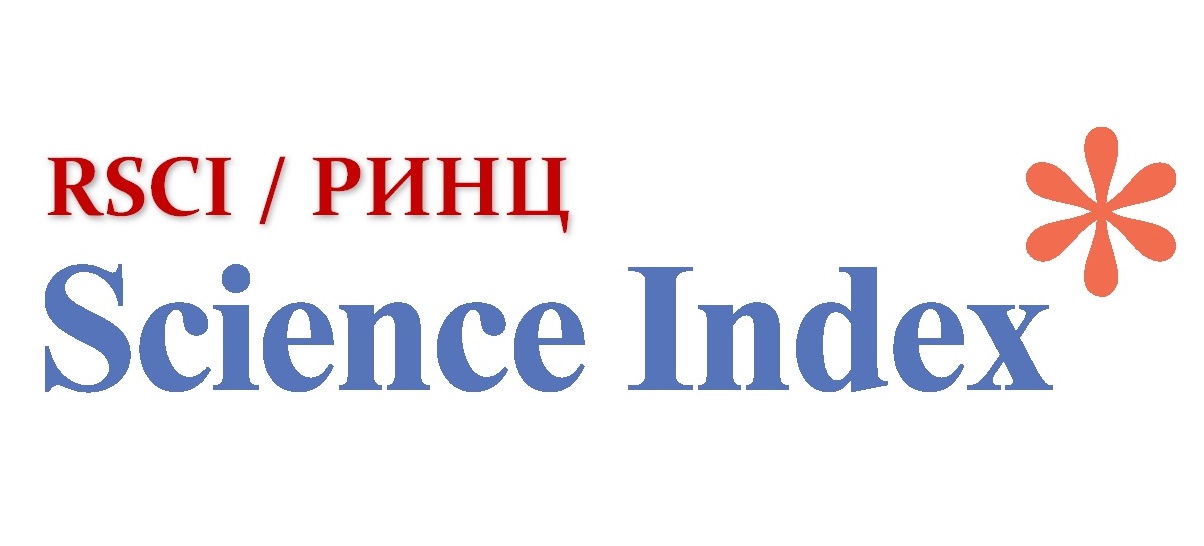Lexical-semantic structure of taboos related to disease names in Turkic languages
Views: 83 / PDF downloads: 47
DOI:
https://doi.org/10.32523/2616-6887-2025-152-3-335-347Keywords:
taboo, prohibition, myth, illness, linguistic culture, ethnography, taboos, traditionAbstract
Taboos arose in ancient times on the basis of mythological beliefs. The thematic groups of taboos consist of a wide variety of areas. In the study, we will consider ancient and modern taboos related to diseases. In ancient times, the disease was imagined as an angry spirit that destroys everything in its path, so it was feared to call it by its correct name.
During the work, special attention was paid to the concept and content in determining the lexical-semantic structure of taboos in the English and Turkic worlds. Examples of disease names created through taboos and euphemisms were given and analyzed. Taboo words, collections of taboo words, etymological dictionaries, medical terms, and other linguistic materials were used as sources of research.
The main purpose of the research article is to identify groups of diseases whose names are forbidden, determine their degree, and analyze the motives for the prohibition.
We conclude that the concept
Downloads
Published
How to Cite
Issue
Section
License
Copyright (c) 2025 Bulletin of the L.N. Gumilyov Eurasian National University. Political Science. Regional Studies. Oriental Studies. Turkology Series.

This work is licensed under a Creative Commons Attribution-NonCommercial-NoDerivatives 4.0 International License.






